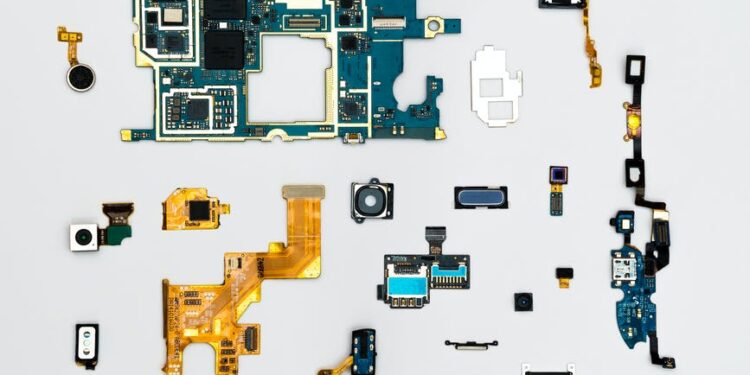Robots are quickly becoming a staple in manufacturing plants across the globe. They are used for a variety of purposes, from handling delicate parts to performing complex tasks. If you’re not sure what kind of robots are out there and what they can do for your business, read on for a breakdown of four common types.
Industrial robots
Today, there are a variety of different types of industrial robots available on the market. Each type has its own benefits and drawbacks, so it’s important for manufacturers to know about all of them.
The first type of robot is industrial robots used in manufacturing. These robots are equipped with arms and legs that allow them to move around inside a factory. They are often used to carry out tasks that are dangerous or difficult for humans to do.
Another type of industrial robot is the armless robot. Armless robots are similar to industrial robots, but they don’t have arms or legs. They’re mainly used for tasks that aren’t too dangerous or difficult for humans to do, like moving objects around a factory.
Finally, there are mobile robots. Mobile robots are designed to move around on their own. They can be used in factories to carry out tasks that are too dangerous or difficult for humans to do, or they can be used outside of a factory to do tasks like surveying the environment.
Service robots
Manufacturers of service robots should be aware of different types of robots that are currently available on the market. Each type of robot has its own advantages and disadvantages, and manufacturers should consider which type of robot is best suited for their particular business.
One type of robot that is often used in service industries is the service robot arm (SRA). This type of robot is designed to perform tasks that are hazardous or difficult to reach. They are also very versatile, and can be used in a variety of industries.
The downside to SRA robots is that they can be expensive, and they require a lot of training to use them effectively. Another disadvantage is that they can be sensitive to noise and movement, so they are not ideal for areas with high traffic density.
On the other hand, Roomba robots are well-known for their ability to clean floors automatically. They are inexpensive to purchase and operate, and they can clean large areas quickly. However, Roomba robots do not have the ability to navigate around obstacles, so they may not be the best choice for cleaning areas with tight corners or spaces.
Manufacturers who are considering using service robots should research different types of robots available on the market.
Autonomous robots
1) Autonomous robots are the future of manufacturing. They can help manufacturers save time and money while increasing efficiency.
2) There are different types of autonomous robots, each with its own benefits.
3) Manufacturers should learn about each type of robot so they can choose the best one for their needs.
Conclusion
As a manufacturer, it is important that you understand the different types of robots that are out there and how to best employ them in your production lines. This article will provide you with an overview of the four main types of robots and some tips on how to get the most from them. By understanding which type of robot best suits your needs, you can optimize your production processes and achieve increased efficiency and profitability.




